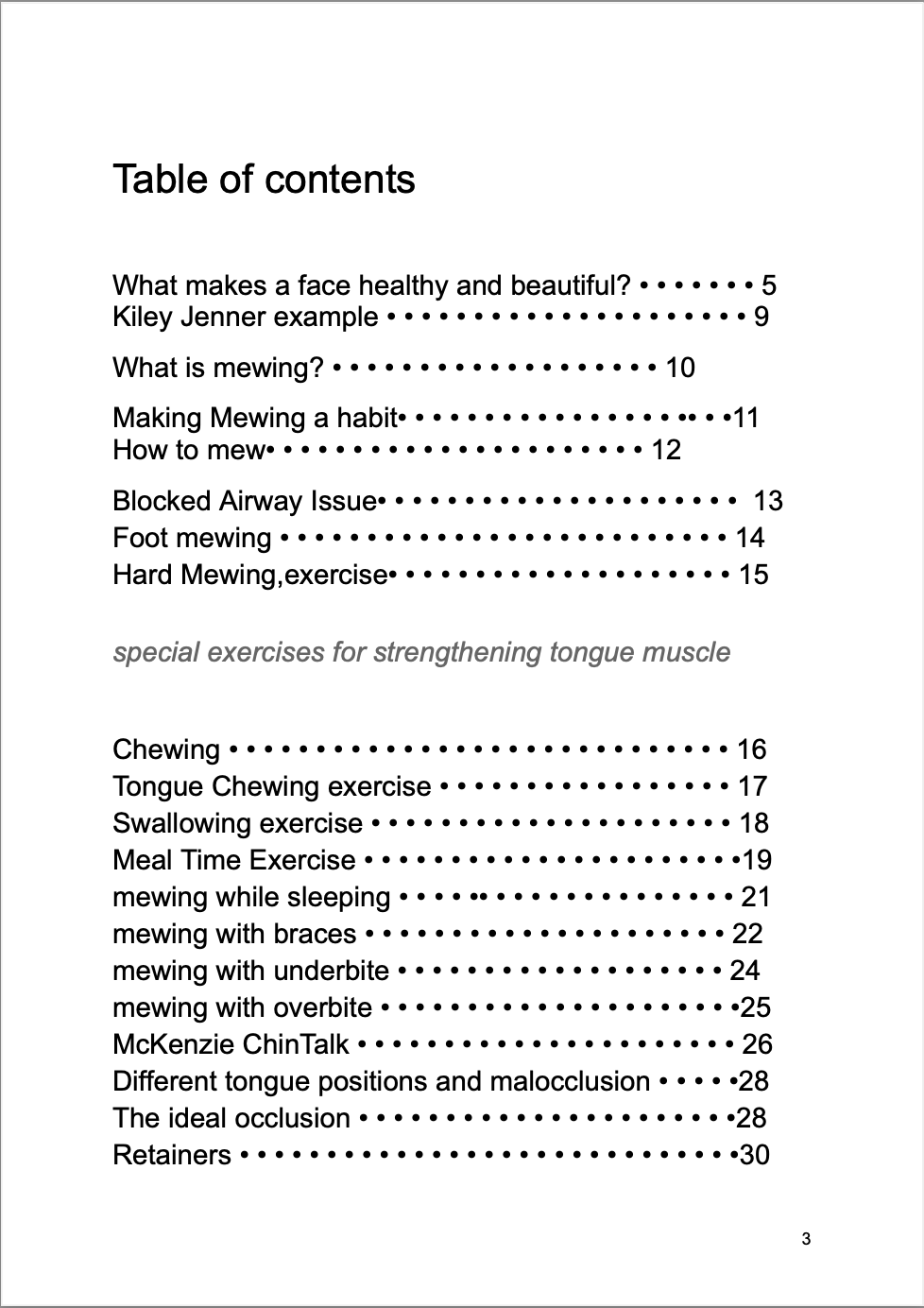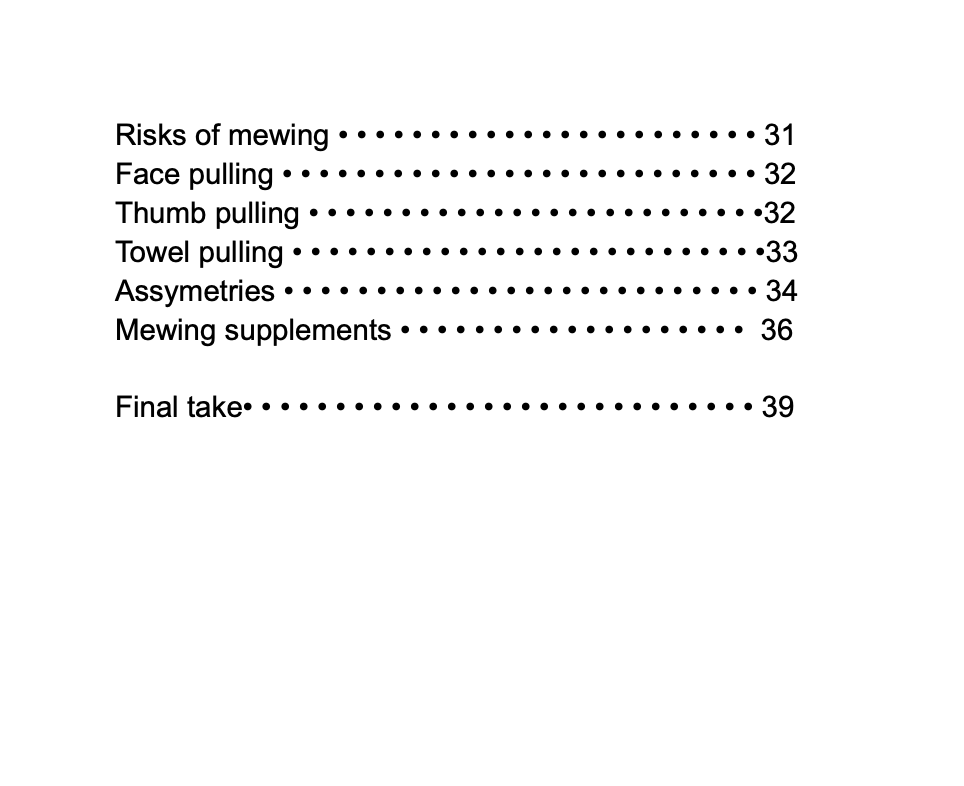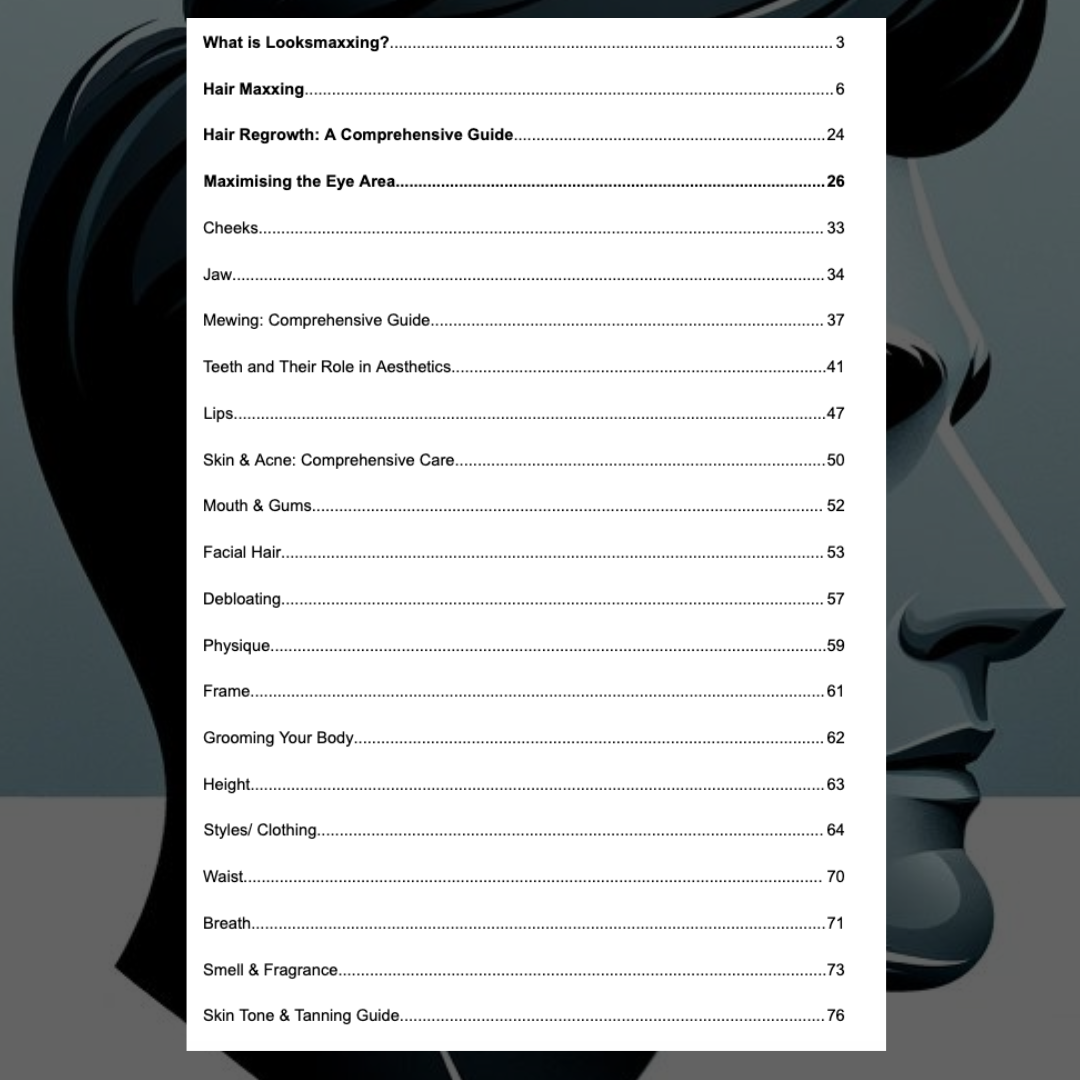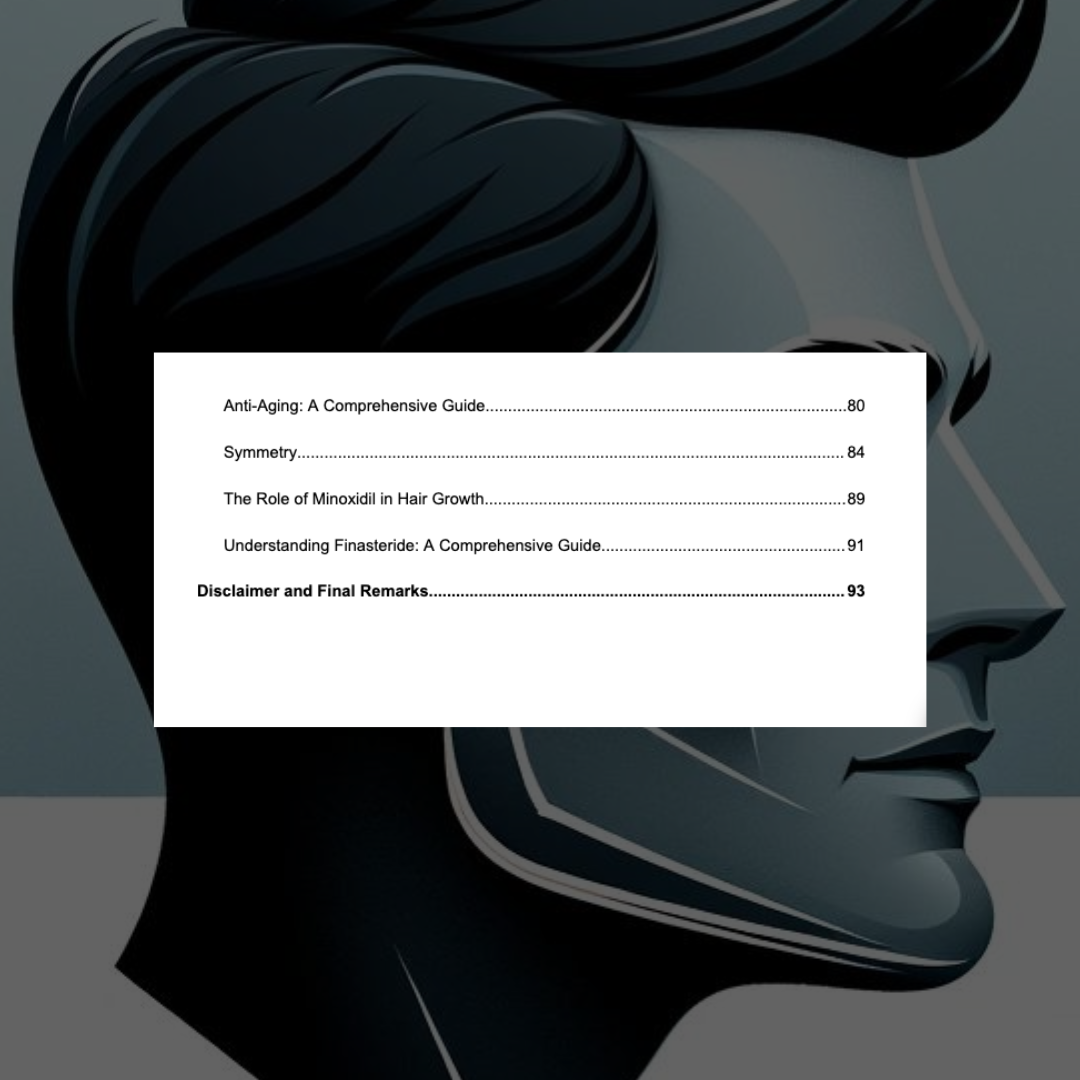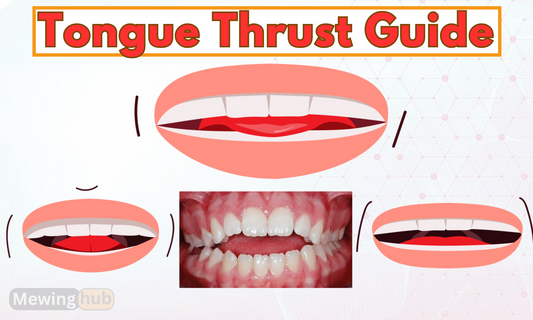Exploring the Connection: Can Mewing Alleviate Snoring and Sleep Apnea?

Partager
In the quest for natural remedies to address sleep-related disturbances, mewing has surfaced as a potential ally against snoring and sleep apnea.
This article delves into the intriguing possibility that mewing might offer more than just aesthetic benefits—it could be a key to better sleep and breathing.
Mewing's Potential Impact on Sleep Apnea

Understanding Sleep Apnea
Sleep apnea is a condition where breathing repeatedly stops and starts during sleep, often due to airway obstruction. This can lead to various health issues, including poor sleep quality, daytime fatigue, and cardiovascular problems. Addressing sleep apnea is crucial for overall health and well-being.
Mewing and Airway Improvement
By encouraging a forward and upward position of the maxilla, mewing might contribute to a more open airway, thus alleviating the obstructive element of sleep apnea.
This potential impact is significant, as it offers a non-invasive and natural remedy for individuals struggling with this condition. The theory is that as the maxilla moves forward, it creates more space in the nasal and oral airways, reducing the likelihood of airway collapse during sleep.
Mewing for Snoring: A Natural Remedy?

Mewing trains the tongue to maintain a position that might prevent it from obstructing the airway, thereby reducing snoring.
How Snoring Occurs
Snoring is often caused by the vibration of relaxed tissues in the throat, which can be exacerbated by the tongue falling back during sleep. This blockage can lead to disrupted sleep for both the snorer and their partner. The sound of snoring is produced as air is forced through a narrow airway, causing the surrounding tissues to vibrate.
Mewing and Tongue Position
Mewing trains the tongue to maintain a position that prevents it from obstructing the airway, thereby reducing snoring. By keeping the tongue pressed against the roof of the mouth, the airway remains more open, reducing the likelihood of snoring. This technique can help in maintaining a clear airway, reducing the soft tissue vibrations that cause snoring.
Practical Tips for Mewing During Sleep
While it can take time to consistently practice mewing during sleep, there are tools and techniques that can help. For example, using a mewing appliance can aid in maintaining the correct tongue posture throughout the night.
Additionally, practicing proper tongue posture during the day can help reinforce these habits at night. Consistency is key, as habitual changes often take time to become second nature.
Learn how to mew in your sleep from our detailed article.
The Mewing Appliance Allows you to Mew in Your Sleep
Clinical Evidence and Anecdotal Insights
Current Research on Mewing
While clinical evidence directly linking mewing to improved sleep apnea and snoring outcomes is limited, the theoretical benefits are promising. Research into airway dynamics and tongue posture suggests potential benefits that warrant further exploration. Studies on tongue posture and airway health indicate that maintaining a proper tongue position can improve overall airway function.
Anecdotal Reports from Mewing Practitioners
Many individuals practicing mewing have reported improved airway function and a reduction in snoring intensity. These personal accounts highlight the potential benefits of mewing, although more scientific research is needed to confirm these findings. The mewing community shares numerous testimonials about better sleep quality and reduced snoring, suggesting that this practice could be beneficial.
Complementary Strategies and Holistic Approaches
Weight Management
Maintaining a healthy weight can reduce the severity of snoring and sleep apnea. Excess weight, particularly around the neck, can contribute to airway obstruction. Weight loss can reduce the fatty deposits in the throat and improve breathing during sleep.
Adjusting Sleeping Positions
Sleeping on one’s side rather than the back can prevent the tongue and soft tissues from collapsing into the airway, reducing snoring and sleep apnea symptoms. Positional therapy, which involves techniques to encourage side sleeping, can be particularly effective for positional sleep apnea.
Lifestyle Changes
Avoiding alcohol before bedtime, practicing good sleep hygiene, and using supportive pillows can all contribute to better sleep health. Combining these strategies with mewing can enhance overall outcomes. Alcohol can relax the throat muscles, making snoring and sleep apnea worse, so it's beneficial to avoid it close to bedtime.
Conclusion: Mewing as a Potential Ally Against Sleep Disturbances
While definitive clinical evidence is still forthcoming, the theoretical underpinnings and anecdotal success stories suggest that mewing could be a beneficial practice for individuals struggling with snoring and sleep apnea.
By fostering optimal tongue and jaw positioning, mewing offers a non-invasive way to possibly enhance airway function and promote better sleep health. As the mewing community grows and more research emerges, the full spectrum of mewing's benefits will become clearer, potentially cementing its role as a valuable tool in the sleep health arsenal.





